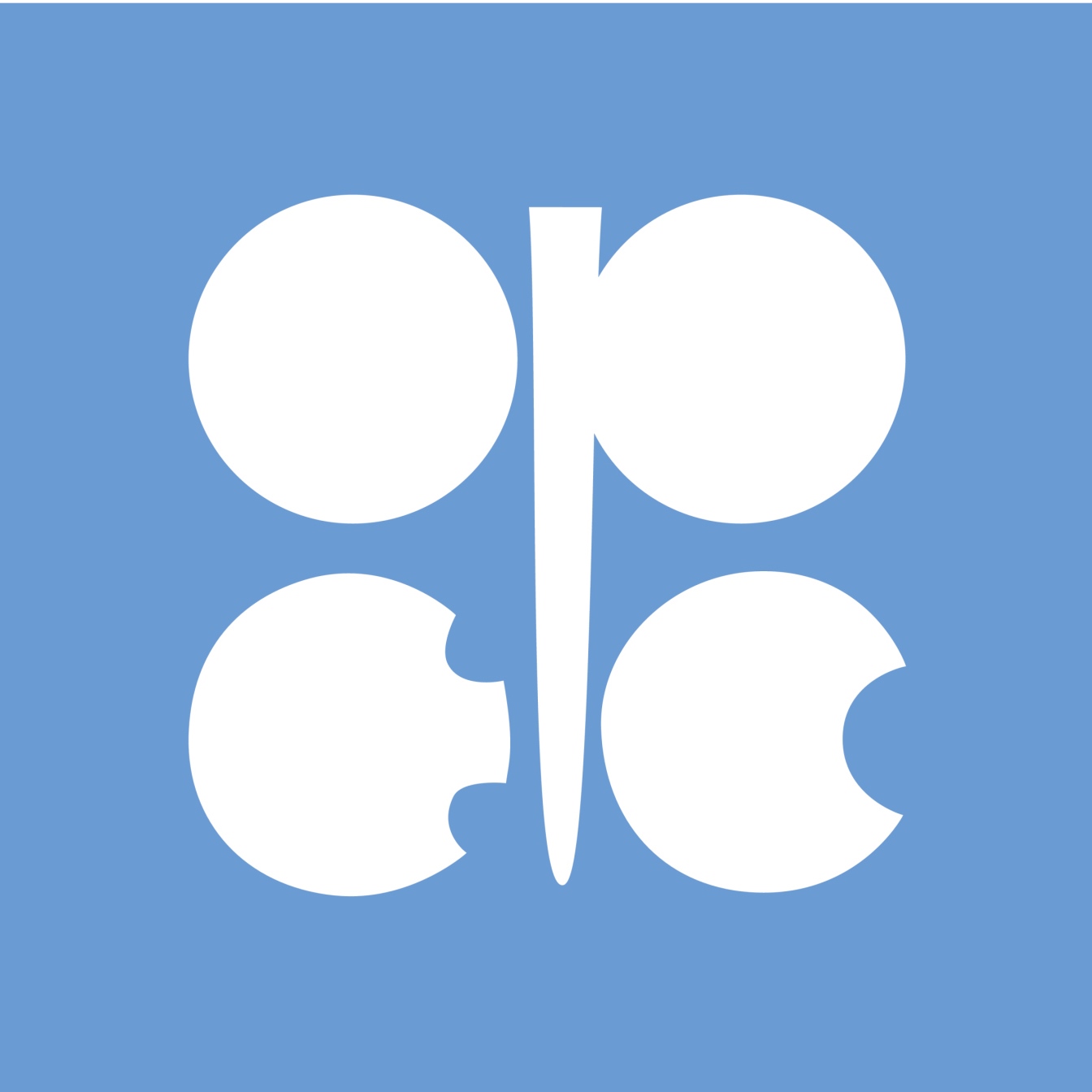Energy
Oil Rises Even as OPEC Oil Production Cuts Already Questioned

Published:
Last Updated:

The price of oil has responded to news of OPEC, the Organization of the Petroleum Exporting Countries, production cuts. If there is one thing that seems true more often than not, it is that OPEC’s promises are rarely lived up to. Perhaps the general efforts move in a direction that was telegraphed, but the reality is that quotas are often treated with disregard.
OPEC members agreed a production target of 32.5 million to 33.0 million barrels per day. The target implies a production cut of roughly 250,000 to 750,000 from August’s production levels.
It turns out that there is already at least some doubt about what cuts actually may take place. OPEC’s formal plan will come at its next policy meeting in November. That leaves a lot of time on the table for things to get in the way. Still, the price of oil has continued its rise on Thursday.
24/7 Wall St. has taken several outside views to see what is really being said about would-be production cuts from OPEC.
Goldman Sachs expects this news to prove self-defeating in the medium term with a large drilling response around the world. The firm even cited a 1987 OPEC production cut ultimately leading to surge in worldwide oil rigs. If the production cuts take place as outlined, they might result in a $7 to $10 price gain per barrel by the first half of 2017. Still, Goldman Sachs reiterated its year-end target of $43 and 2017 of $53.
Fitch Ratings showed that OPEC’s oil production target signals the potential for greater coordination among OPEC members. Still, Fitch thinks that the target itself is largely symbolic. It said:
The announcement supports our view that oil prices will continue their recovery, but does not make a strong rebound materially more likely. … This reduces downside risk to oil prices and reinforces our expectation that the stabilization and recovery since the beginning of the year will continue. This is reflected in our forecasts for average prices for Brent and WTI of $45.00 per barrel in 2017 and $55.00 barrel in 2018.
CNBC’s report noted:
However, how much each country will produce is to be decided at the next formal OPEC meeting in November, when an invitation to join cuts could also be extended to non-OPEC countries such as Russia.
The Guardian’s report points out that OPEC agreeing on need to cut oil production is no game-changer. The report sees Riyadh’s drive to kill off U.S. shale has failed, but it will take real cuts and more global demand for oil to return to $100 per barrel.
The Houston Chronicle, down in the heart of the oil patch, warns that there are huge caveats to this OPEC cut. It said:
The deal is not really a deal, it’s a proposal that all 14 members must still agree upon at OPEC’s official meeting in November. What’s also not clear is how much production each country will cut, when it will happen or who will monitor it.
Credit Suisse’s report noted that the oil price rally was on the noise of an OPEC cut. It said:
Important questions remain around how the quota would be allocated to the member countries. In the mean time, we would track the Brent-Dubai spread it may provide a real time signal of changing supply dynamics in the Gulf. We also note that the Saudi OSPs, likely released next week, may also provide some clues as to the winter Saudi export program, and whether any potential production cuts might impact European, Asian, or US pricing the most.
Merrill Lynch noted that Saudi Arabia may have blinked on the policy but that may just be buying time. The report said:
The OPEC deal suggests Saudi energy policy is now geared to support oil price stability and ease the ongoing macro adjustment. The coordinated nature of the potential OPEC cuts could make the move revenue positive for Saudi Arabia in the short-term. We expect recent spikes in rates/Fx to ease back, but see domestic liquidity remaining tight unless oil prices move higher.
Regardless of how the doubt has come on, the reaction in oil prices has been higher. INO.com showed that West Texas Intermediate crude was last at $48.23, for a gain of $1.18, or 2.50%. The CME’s price for November futures had the price of oil at $48.16, up $1.11 on the day.
If you’re like many Americans and keep your money ‘safe’ in a checking or savings account, think again. The average yield on a savings account is a paltry .4% today, and inflation is much higher. Checking accounts are even worse.
Every day you don’t move to a high-yield savings account that beats inflation, you lose more and more value.
But there is good news. To win qualified customers, some accounts are paying 9-10x this national average. That’s an incredible way to keep your money safe, and get paid at the same time. Our top pick for high yield savings accounts includes other one time cash bonuses, and is FDIC insured.
Click here to see how much more you could be earning on your savings today. It takes just a few minutes and your money could be working for you.
Thank you for reading! Have some feedback for us?
Contact the 24/7 Wall St. editorial team.